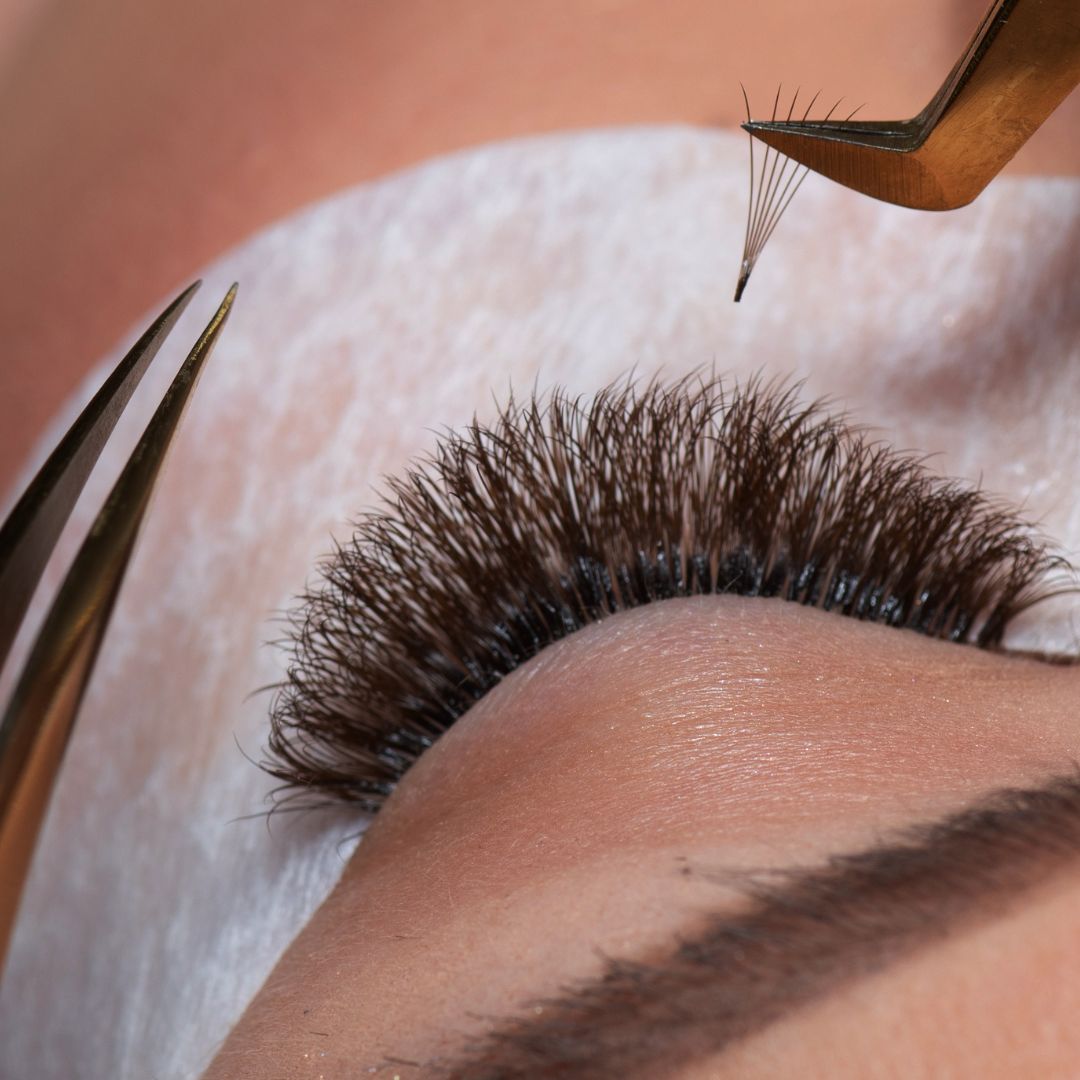
How to Create Custom Lash Maps for Different Eye Shapes
When it comes to lash extensions, one size does not fit all. Different eye shapes require different lash styles and mapping techniques to enhance their natural beauty. Creating custom lash maps allows lash artists to tailor each set of extensions to the client's unique eye shape, ensuring a look that is not only flattering but also functional. Whether you're a seasoned professional or just getting started in the lash industry, understanding how to create custom lash maps for different eye shapes is a vital skill.
In this guide, we’ll walk through everything you need to know to create custom lash maps, from understanding various eye shapes to mapping techniques and tips that will elevate your lash artistry.
Understanding Different Eye Shapes
Before you can create the perfect lash map, it’s crucial to understand the different eye shapes. In Canada, as with anywhere else, clients come with various eye shapes, and their lash needs can vary greatly depending on their features. Here are some of the most common eye shapes you'll encounter and how they can influence your lash mapping:
1. Almond-Shaped Eyes
Almond-shaped eyes are considered the most versatile and can suit almost any lash style. They have a balanced width and length, with a slightly pointed outer corner. For almond-shaped eyes, you can create a balanced lash map that enhances their natural symmetry.
2. Round Eyes
Round eyes are large and open, often characterized by a visible sclera (the white part of the eye) on both the top and bottom. Clients with round eyes may want a lash map that elongates the eyes to create more of an oval or almond appearance. A cat-eye effect can work wonders here, lifting the outer corners of the eyes.
3. Hooded Eyes
Hooded eyes feature a fold of skin that can partially or fully cover the eyelid, creating a “hood” over the lash line. Clients with hooded eyes often seek lashes that open up the eyes, making them appear larger. For this eye shape, a more dramatic curl in the extensions and shorter lashes in the centre with longer lashes on the outer corners can help.
4. Monolid Eyes
Monolid eyes do not have a visible crease, which can make the eyelid appear flatter. Clients with monolids may prefer a fuller lash map with lashes that provide volume and open up the eye. A rounded lash map works well for this eye shape, creating a soft, flattering effect.
5. Downturned Eyes
Downturned eyes feature a slight droop at the outer corners, which can make the eyes appear sad or tired. To counteract this, you’ll want to use lash mapping that lifts the outer corners, creating a more open and youthful look. A lifted cat-eye or doll-eye effect can work wonders here.
6. Close-Set Eyes
Close-set eyes have less distance between the inner corners. For these clients, it’s important to avoid heavy lashes at the inner corners, which can make the eyes appear even closer together. A wide-eyed look can be achieved with longer lashes on the outer corners and shorter lashes near the inner corners.
7. Wide-Set Eyes
Wide-set eyes have a larger space between the inner corners. For these clients, you want to focus on bringing the eyes closer together visually. A lash map with fuller lashes near the inner corner can help balance the eyes and make them appear closer.
The Basics of Lash Mapping
Lash mapping refers to the technique of placing individual lash extensions in specific lengths and patterns on a client’s natural lashes. The goal is to enhance the client's eye shape and create a harmonious look. Here’s a breakdown of some important elements to consider when creating a lash map:
1. Curl Types
Different curl types can dramatically affect the final appearance of the lashes. Common curl types include:
-
J Curl: A subtle curl that provides a natural look, perfect for clients who want to enhance their natural lashes without looking too dramatic.
-
C Curl: A more noticeable curl that opens the eyes and gives a more voluminous, lifted appearance.
-
D Curl: A dramatic curl, ideal for clients who want to achieve a high-impact, eye-opening look.
-
B Curl: A softer curl for a more relaxed, natural appearance, suitable for clients with delicate features.
2. Length Choices
The length of the lashes you choose will depend on both the client’s natural lashes and their desired look. A general rule of thumb is to use shorter lashes in the inner corners and gradually increase the length as you move toward the outer corners. This helps maintain a natural, balanced look while enhancing the shape of the eyes.
3. Thickness and Volume
Lash extensions come in various thicknesses, from .03mm for ultra-light volume to .15mm or more for a more dramatic effect. Volume refers to the number of lashes applied per natural lash. Creating volume is essential for clients with sparse natural lashes, while thinner, more natural lashes are suitable for clients with thicker lashes.
How to Create Custom Lash Maps for Different Eye Shapes
Now that you understand the basic principles, let's explore how to create a lash map tailored to different eye shapes. Below are some specific lash mapping techniques for each eye shape.
1. Lash Map for Almond-Shaped Eyes
Almond-shaped eyes are symmetrical, so you have a lot of flexibility in how you create your lash map. Start with shorter lashes in the inner corners and increase the length gradually as you move toward the outer corners. You can use a C Curl for a natural lift, or a D Curl for more drama. For a balanced look, aim for equal lash lengths on both the upper and lower parts of the eye.
2. Lash Map for Round Eyes
Round eyes benefit from lashes that elongate the eye shape. Start with shorter lashes near the inner corner and increase the length toward the outer corners to create a cat-eye effect. Using a D Curl can enhance this look. Avoid overly full lashes in the middle of the eye to prevent them from appearing too round.
3. Lash Map for Hooded Eyes
For hooded eyes, use shorter lashes in the centre and longer lashes toward the outer corners. This opens up the eyes and gives the illusion of a larger, more lifted look. A C Curl or D Curl works well here. Ensure the lash extensions do not extend too far into the hooded area, as this could cause discomfort or look too heavy.
4. Lash Map for Monolid Eyes
A rounded lash map is the best option for monolids. Use uniform lash lengths across the entire lash line, gradually increasing from the inner corner to the outer corner. A J Curl or C Curl will help create volume without overwhelming the natural shape of the eye. Adding volume in the centre of the lash line can also help open the eyes.
5. Lash Map for Downturned Eyes
For downturned eyes, use longer lashes on the outer corners to create a lifted effect. A cat-eye lash map will help accentuate the upward angle. You may want to avoid excessive lengths on the lower part of the eye, as this can highlight the droop. A C Curl or D Curl can give the outer corners the desired lift.
6. Lash Map for Close-Set Eyes
To create a more open look for close-set eyes, focus on the outer corners. Start with short lashes near the inner corners and gradually increase the length toward the outer corners. A cat-eye or winged look works well here, as it visually elongates the eyes and creates space. Use a J Curl or C Curl for a natural look.
7. Lash Map for Wide-Set Eyes
For wide-set eyes, use longer lashes near the inner corners to bring the eyes closer together. A rounded or doll-eye look works well, as it gives the illusion of more space between the eyes. Use a C Curl or D Curl for a fuller look that enhances the natural shape.
Conclusion
Creating custom lash maps is a skill that every lash artist should master to ensure they can deliver the most flattering results for their clients. Understanding the different eye shapes and how to tailor your lash mapping accordingly will allow you to create beautiful, customized sets that enhance each client’s natural beauty. Whether you’re working with almond-shaped eyes or wide-set eyes, a well-planned lash map will make all the difference in achieving a look that’s both flattering and functional.
As a lash artist, your ability to assess your client’s eye shape and design a personalised lash map will set you apart in the competitive beauty industry. By continually honing your skills and staying updated with lash trends, you can provide your clients with the best possible lash extension experience.
Enrol in Professional Lash Courses
Ready to take your lash skills to the next level? ✨ Enrol in professional lash courses at OutLash Extensions Pro and master the art of lash mapping, styling, and application! Whether you're a beginner or an experienced artist, our eyelash extensions courses will help you build the skills to create flawless lashes for every client.
Visit us today to start your lash journey and become a pro!
